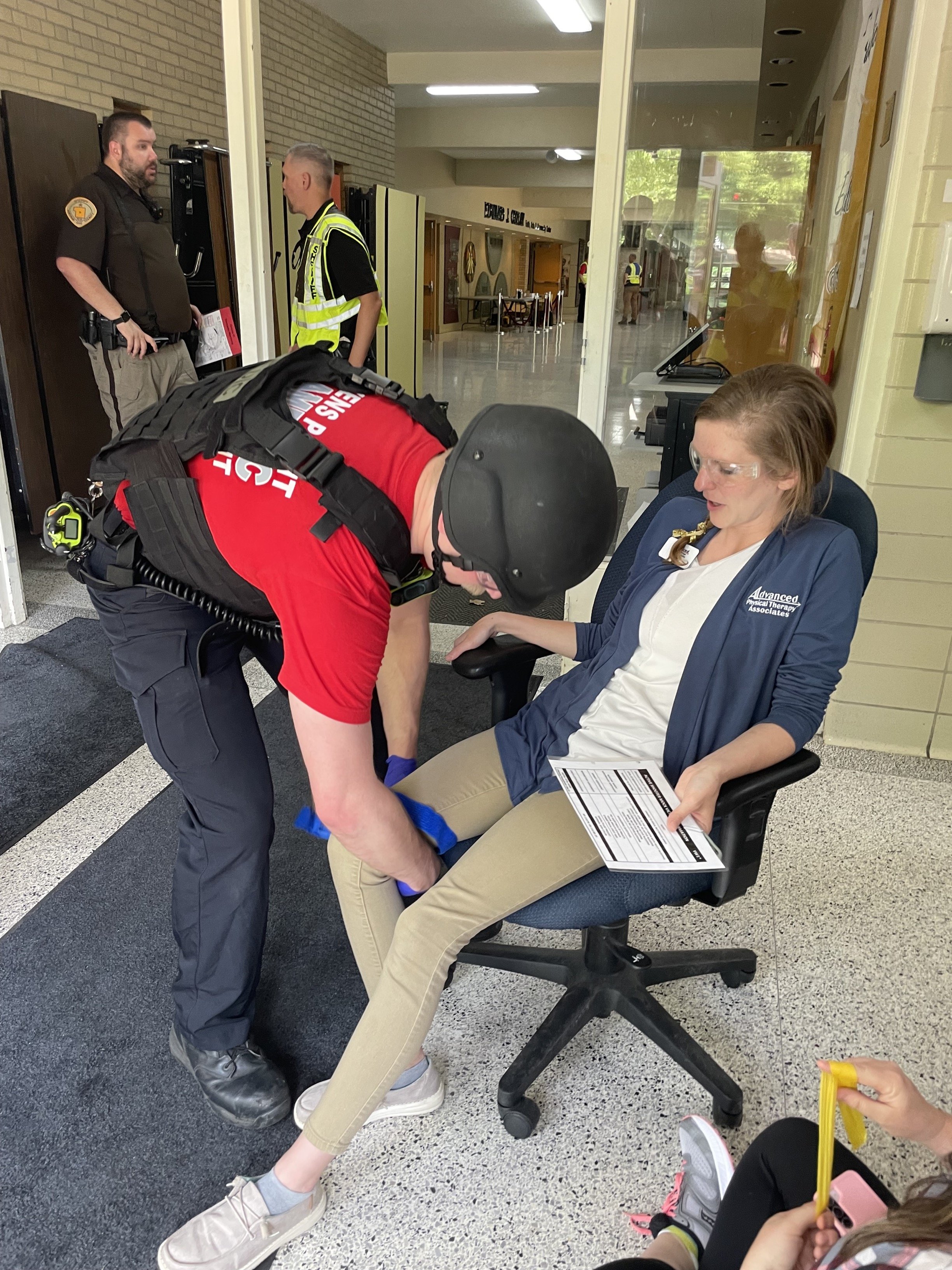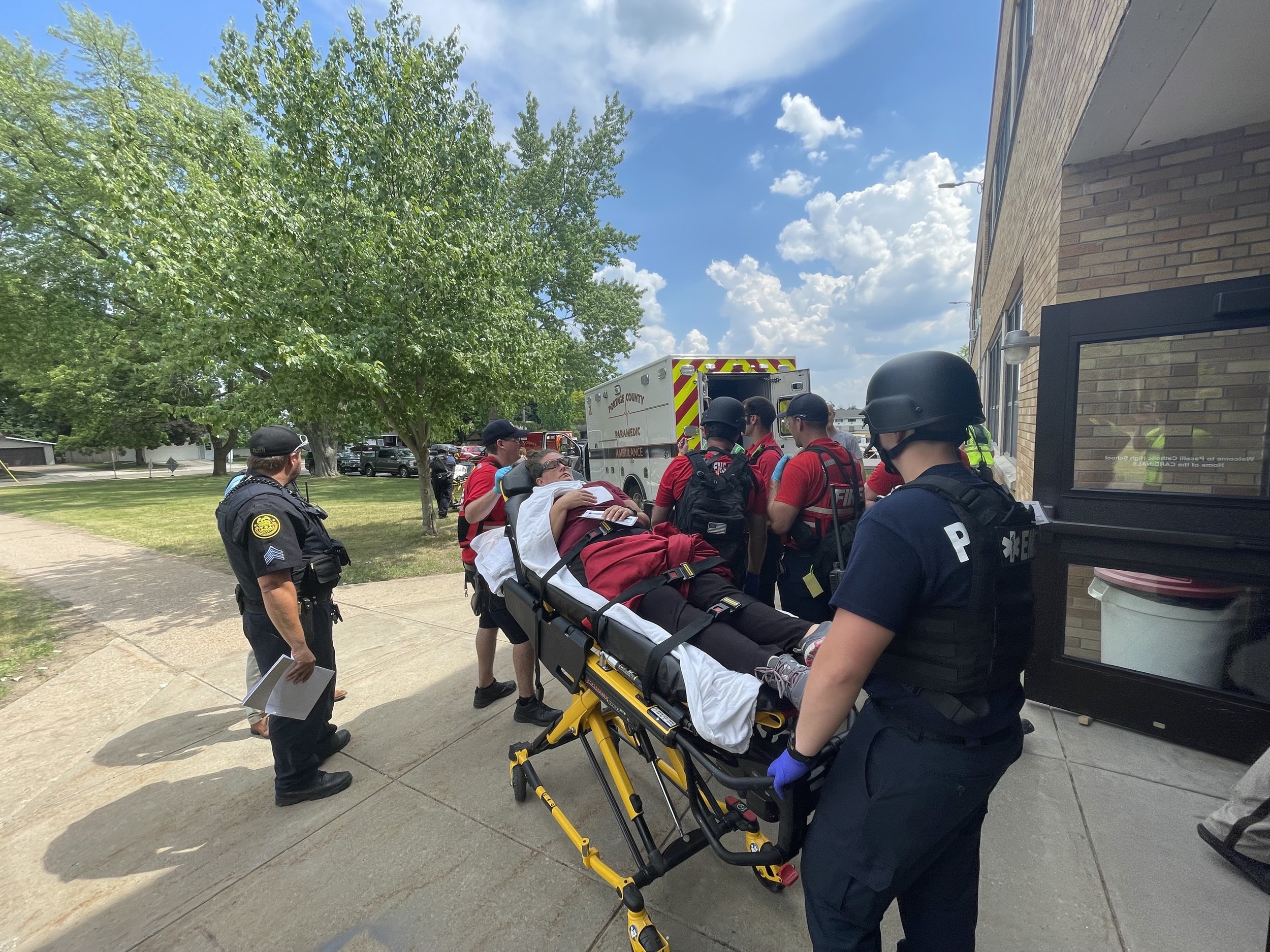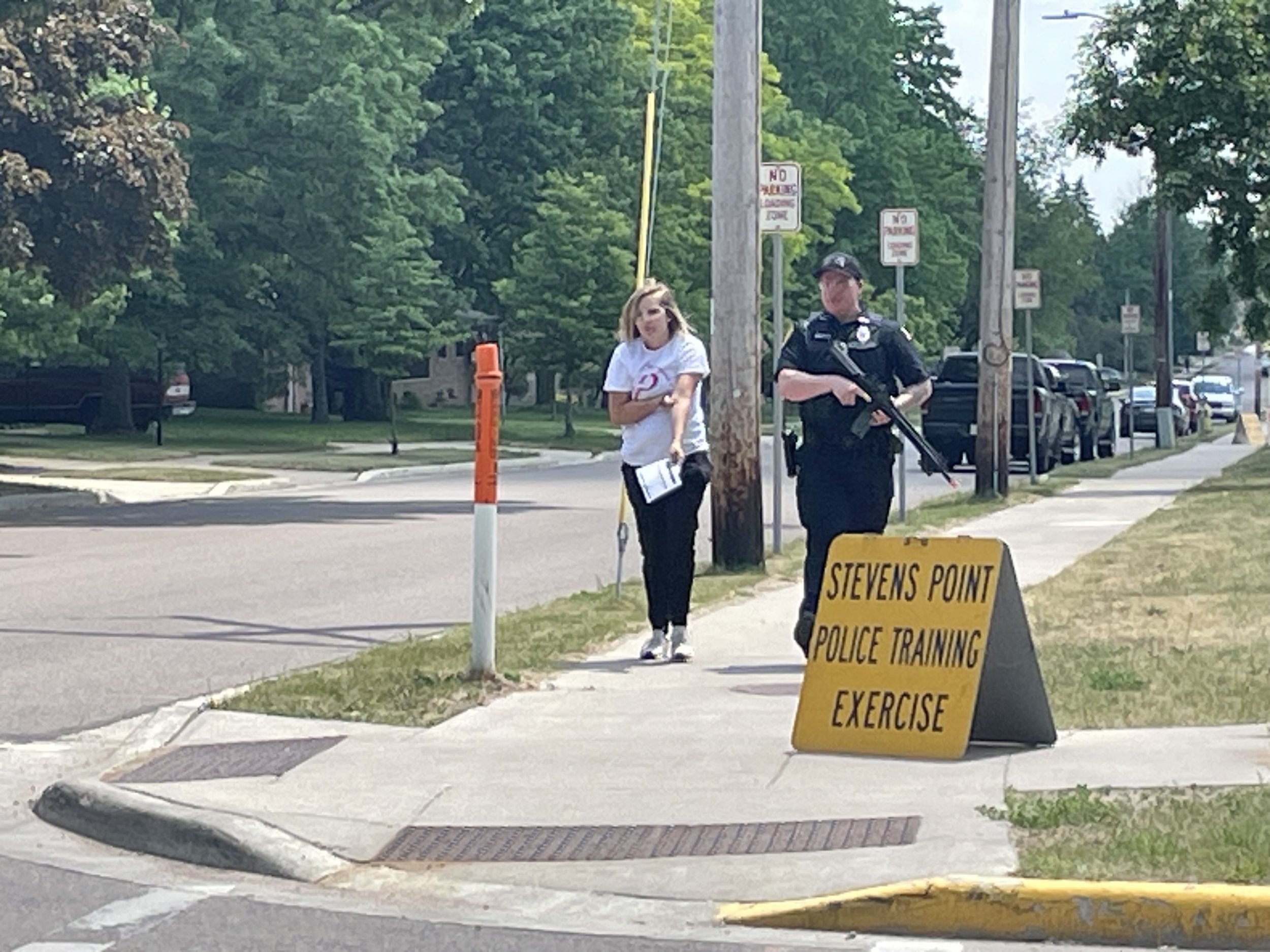National Athletic Training Month is held every March in order to spread awareness about the important work of athletic trainers (ATs). The care provided by these experts, whether to middle, high school, collegiate or professional athletes or the industrial athlete, can be life-altering. The athletic training ranks teem with stories of current ATs drawn to the profession through their interaction with an AT who helped them through a devastating injury when they were young. Such profound encounters contribute mightily to the next generation of ATs so vital to the health and well-being of athletes of all ages and disciplines.
As providers of front-line care, ATs offer wide-ranging skill sets that go well beyond the physical aspects of sports medicine. Their ability to connect with patients is perhaps the true hallmark of the AT. Another characteristic shared by many ATs is their slightly annoying reluctance to highlight their own skills.
As it’s National Athletic Training Month, we asked them the following question:
What unique value do you feel athletic trainers offer their patients?
And forced them to answer.
Lynsey Hansen – 11 year in athletic training, previous experience with youth, high school, and collegiate athletics. Past year and a half with Industrial and Tactical Medicine.
“AT’s have the unique opportunity to get to know their patients before they get injured in most cases, which can help improve the patient's outcome, and the AT also gets to watch them successfully return to their career, hobby they love, etc. Having that sort of relationship can help keep the small things small, but also incorporate techniques to aid the mental and emotional aspects when those injuries are more severe.”
Joe Hanel – 8 years in athletic training. All in Industrial setting.
“I think the general public is starting to understand that AT’s have a very broad range of knowledge about all kinds of injuries, human anatomy, kinesiology and more. When it comes to the front line of care, AT’s seem to be most knowledgeable in whole-body care. Most LAT’s need to be ready to treat any injury so our continuing education is not often specialized, allowing us to stay current on a wide spectrum of healthcare issues. I believe this really helps us stand out.”
Heidi Bohl – 13 years in athletic training, previous experience in youth and high school athletics. Past 4 years in Industrial and Tactical Medicine.
“Athletic trainers offer multiple skillsets that dabble in a variety of healthcare spectrums including physical care as well as emotional wellbeing. The range of training allows us to guide and address the whole body.”
Traci Tauferner - 17 years in athletic training, previous experience in youth, high school, collegiate and semi-professional athletics. Past 15 years in Industrial and Tactical Medicine. APTSM’s Director of Industrial and Tactical Medicine.
“I work mostly in the tactical setting. So for me athletic trainers bring valuable expertise to police and fire departments by offering specialized injury prevention, rehabilitation, and fitness training tailored to the physical demands of their jobs. Our knowledge of sports medicine principles can also help in managing and preventing work-related injuries, ultimately promoting the overall health and well-being of police officers and firefighters.”
Sean Gough – 12 years in athletic training, previous experience in high school and collegiate athletics. Almost 1 year with APTSM in Industrial and Tactical Medicine
“Athletic trainers excel in being the go-to, that trusted face due to the long-term relationships we build with patients—especially in the athletic setting but also now in the industrial and tactical space. Not only do we get to see our patients at a time where they are vulnerable, hurt, or uncertain about their future, but we also get to see them at their best.”
Marc Viergutz – 8 years in athletic training, previous experience in high school, collegiate, and professional athletics. Past 3 years with Lawrence University.
“AT’s offer a truly sport-specific view which is unique in the world of medicine. From the way we are educated to the way we approach things. It’s always from a view with the athlete’s sport in mind. We have the opportunity to work every day with that sport and provide tailored treatment plans.”
Megan Werner – 14 years in athletic training, previous experience in youth, high school, and collegiate athletics. Past 6 years in Industrial and Tactical Medicine and as Sports Medicine Coordinator.
“I feel athletic trainers offer a huge value to our patients because of our dynamic skill set. With our roots in athletics, we naturally learn to be flexible and are quick to adjust based on the needs of our patients and clients. We are always looking for ways to help our patients recover from injury or continue to improve their performance, no matter if their “playing field” is an actual field or court for an athlete, a manufacturing facility for an industrial worker, or a burning building for a firefighter.”
So if you see your friendly (or even somewhat laconic) athletic trainer, invite them to chat about their chosen profession as well as their national organization’s tagline for the month-long celebration: “From Head to Toe.”
Actually, once the ATs got going they couldn’t resist answering our second question (“How does ‘From Head to Toe’ encapsulate what you and Advanced PTSM do in athletic training?”), which we combined into a tidy paragraph that represented the group’s thoughts nicely:
“As athletic trainers, we are ready to address almost anything our patient might need. Our education includes emergency care, evaluating and treating orthopedic injuries, injury prevention, as well as concussion care, nutrition, and hydration. We’re also typically in environments like working with a team or company where we get the chance to develop strong relationships with our patients and get to know them as a person, not just their injury.”





